History of GoPro: Revolutionizing Action Photography
GoPro, a name synonymous with high-octane action and breathtaking imagery, has become an undeniable force within the realm of action cameras. This versatile brand has revolutionized the way we capture and share action, adventure, and sports photography. The ability of these compact, durable cameras to deliver high-quality visuals in the most challenging environments has earned GoPro a place of pride in the gear bag of many an adventurer, sports enthusiast, and professional photographer.
GoPro's Humble Beginnings
The tale of GoPro begins with an ambitious vision and a simple wrist strap. Nick Woodman, the founder, was a surfer who was driven by the desire to capture quality action photos of his friends surfing. Traditional cameras failed to capture the up-close and personal experience he craved, and thus, the concept of GoPro was born.
Woodman's initial innovation was a 35mm film camera strapped to the wrist, enabling surfers to capture their exploits without requiring a photographer. Released in 2004, the first GoPro Hero was a product of simplicity, necessity, and innovation, sowing the seeds for a brand that would soon come to dominate the action photography space. Little did anyone know, this was just the beginning of GoPro's journey to becoming an integral part of the modern photographic landscape.
Transition to Digital
The next pivotal moment in GoPro's history came with their transition to digital technology. Recognizing the sweeping tide of the digital age, GoPro introduced the Digital HERO series. This was a giant leap forward from the original film-based model, bringing the brand into a new era of photographic capabilities.
The Digital HERO series was a game-changer. It was the first time users could shoot video in addition to stills, and the compact, wearable design made it an instant hit among outdoor enthusiasts. Each iteration of the series introduced new features and improvements, from increasing image quality to expanding storage capacity.
The early digital models received critical acclaim for their convenience, durability, and performance. They were not just action cameras but a fresh take on personal storytelling, allowing users to share their adventures from their unique perspective. The reception from the sports and outdoor community was overwhelmingly positive, cementing GoPro's place as a leading brand in the world of action photography.
Advancements in GoPro Technology
As the years went by, GoPro's commitment to innovation remained unwavering. They steadily pushed the boundaries of action photography with each new model. The HERO 3, launched in 2012, was a landmark release, as it was the first GoPro camera to support Full High Definition (HD) video.
This was a massive breakthrough, bringing professional-level video quality to the masses. The HERO 3 also boasted a substantially improved lens and sensor, enabling users to capture crisper images and videos in a range of light conditions. This model's release marked a significant turning point for GoPro, establishing the brand as a serious contender in the realm of HD video capture.
The HERO 4, unveiled in 2014, continued this trend. It introduced 4K video recording, faster frame rates, and improved image quality. Additionally, GoPro incorporated new functionalities like built-in touch display and HiLight Tag, which allows users to mark key moments while recording.
These advancements weren't merely about boosting the specifications; they were about enhancing the user experience. Better resolution, wider lenses, and improved stability meant users could capture their adventures with greater detail and vibrancy than ever before.
Each new model was met with enthusiasm from the market. GoPro had successfully carved out a niche for itself, bridging the gap between professional and amateur photography. The action camera was no longer a gadget for adrenaline junkies but a tool for anyone wanting to document their experiences in high quality from a unique, first-person perspective.
GoPro and the Rise of User-Generated Content
In the age of social media, GoPro has more than just provided the tools to capture high-quality action footage; it has actively catalyzed the explosion of user-generated content. The brand's cameras, renowned for their durability and versatility, have become a staple for adventure seekers and sports enthusiasts alike, enabling them to document their experiences in visually arresting ways.
GoPro users, empowered by the high-quality footage their cameras can capture, have been sharing their adventures, from surfing mammoth waves to skydiving, with the world. This user-generated content not only enriched social media platforms with captivating visuals but also helped democratize storytelling. With a GoPro, anyone could become a content creator, offering fresh perspectives and thrilling narratives.
Recognizing this trend, GoPro made a masterstroke in marketing by launching the GoPro Awards in 2015. This initiative invited users to submit their best photos, raw clips, and video edits for the chance to win cash rewards. It was a win-win situation: content creators received recognition and monetary rewards, while GoPro gained access to a treasure trove of promotional content and increased brand engagement.
The GoPro Awards program was a testament to the power of user-generated content. It underscored the brand's commitment to its user community, rewarding their creativity and encouraging further content creation. This has only served to intensify the already strong relationship between GoPro and its users, simultaneously fostering a sense of community and driving brand loyalty. The rise of user-generated content, facilitated in part by GoPro, is a fascinating development in the evolution of digital content and continues to shape the way we document and share our adventures.
The Impact of GoPro on Professional Photography
While GoPro cameras have indeed democratized high-quality video recording, their influence extends beyond the realm of consumer electronics. They've made a distinct mark on professional photography and videography, particularly in dynamic fields such as action sports, documentaries, and drone photography.
In the realm of action sports, GoPro cameras have revolutionized the way events are captured and shared. Their compact size, wide field of view, and high-resolution capabilities allow for immersive first-person perspectives, providing viewers with a thrilling front-row experience. Sports photographers and videographers have been leveraging these qualities to create captivating content, bringing the adrenaline-filled world of action sports to screens big and small. Take, for instance, the X Games, where athletes are often equipped with GoPros to capture their high-flying maneuvers from exhilarating angles.
Documentary filmmakers, too, have found value in the GoPro's unique offering. The cameras' portability and durability make them suitable for filming in challenging environments, where traditional camera equipment might not be feasible. Notable documentaries such as "Free Solo," which chronicles Alex Honnold's daring free climb of El Capitan, extensively used GoPro cameras to capture heart-stopping footage from dizzying heights.
Drone photography has also been greatly influenced by GoPro. Before the advent of specialized drone cameras, GoPros were commonly attached to drones due to their high-quality video and still image capabilities combined with their light weight. This gave drone photographers unprecedented capabilities to capture stunning aerial footage and photos, paving the way for the drone photography we know today.
Through these practical applications, GoPro has proven itself to be more than just a consumer camera brand. It has facilitated new perspectives in professional photography and videography, pushing boundaries and continually redefining what is possible. The GoPro, in many ways, has become an indispensable tool in the professional's kit, empowering them to capture the world in ways previously unimaginable.
GoPro's Recent Innovations and Future Directions
The relentless spirit of innovation at GoPro has ensured that the brand remains at the forefront of the action camera market. Recent models such as the HERO 9 and HERO 10 and 11 have introduced groundbreaking features that continue to push the envelope of what is achievable with a compact action camera.
The HERO 9, for instance, debuted with a new 20-megapixel sensor, delivering stunningly detailed still images. Furthermore, it introduced the capability to shoot 5K video, a first in the action camera category. This allows users to capture their adventures in unprecedented detail. The HERO 9 also introduced a front-facing screen, enhancing its usability for vlogging and self-capture scenarios.
Hot on the heels of its predecessor, the HERO 10 has further raised the bar in the action camera market. It introduced the new GP2 processor, offering smoother and faster operations. In terms of video capabilities, the HERO 10 can capture 5.3K video at 60 frames per second and 4K video at an astounding 120 frames per second, making it ideal for capturing ultra-high-definition slow-motion footage. Not to mention, it has significantly improved the HyperSmooth stabilization and SuperPhoto HDR capabilities, delivering remarkably stable and vibrant images.
Looking ahead, one can only speculate on the future advancements that GoPro might introduce. Given the brand's track record, it's safe to anticipate that GoPro will continue to innovate in areas such as image quality, stabilization, and usability.
One thing is certain - as the landscape of photography and videography continues to evolve, GoPro is poised to play a significant role in shaping its future. The brand has not only managed to stay relevant but has consistently been a trendsetter in the industry. It will be exciting to see what GoPro has in store for us in the years to come.
The impact of GoPro extends far beyond its products, though. Its influence has permeated the fabric of our digital culture, fostering a community of adventurers, thrill-seekers, and everyday people who are empowered to share their unique perspectives with the world. It has also made significant inroads into professional photography and videography, proving its mettle in a diverse range of applications from action sports to documentary filmmaking.
In conclusion, the story of GoPro is a testament to the power of innovation and the potential of photography to connect us, inspire us, and allow us to share our unique perspectives with the world.
Check out also other brands
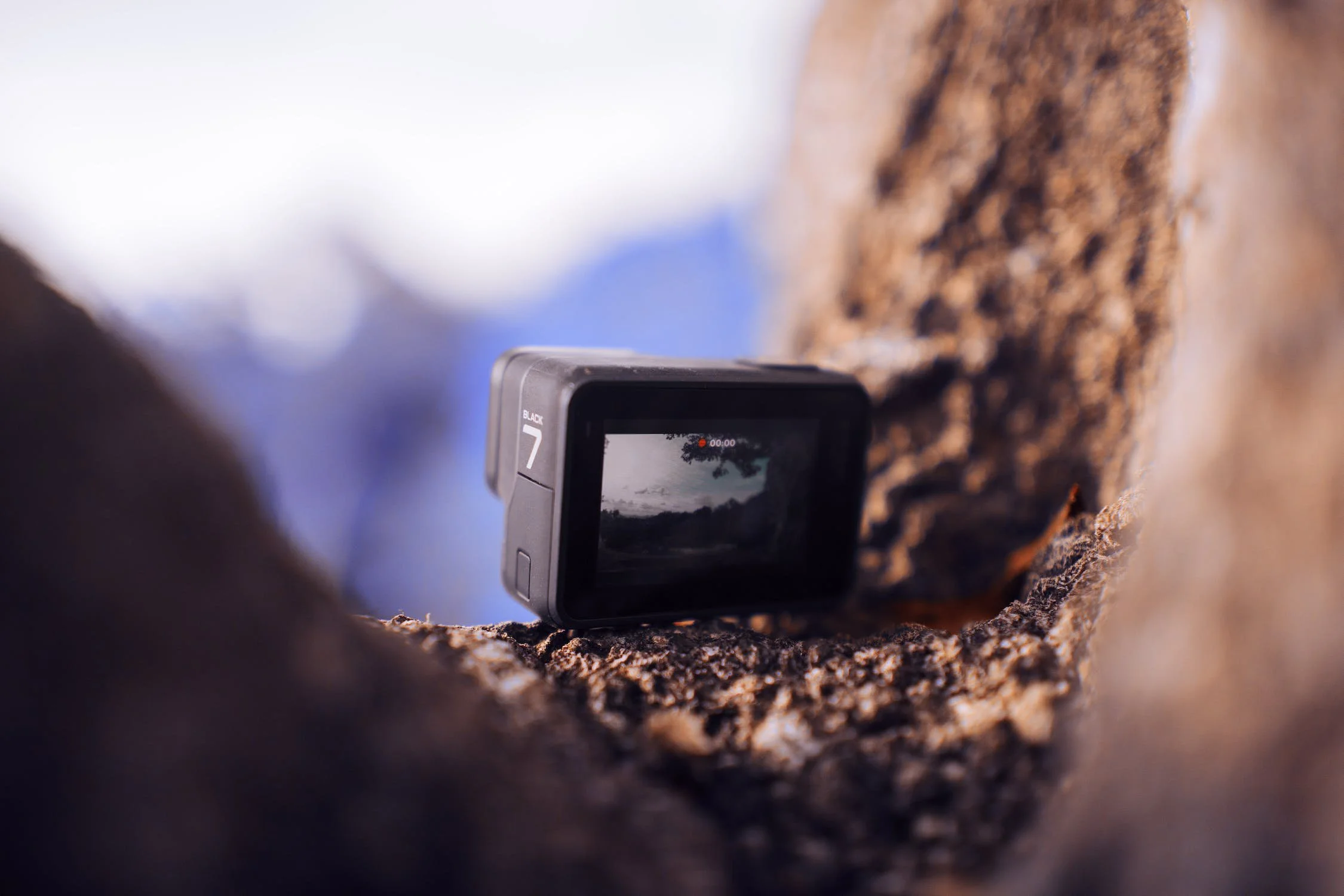

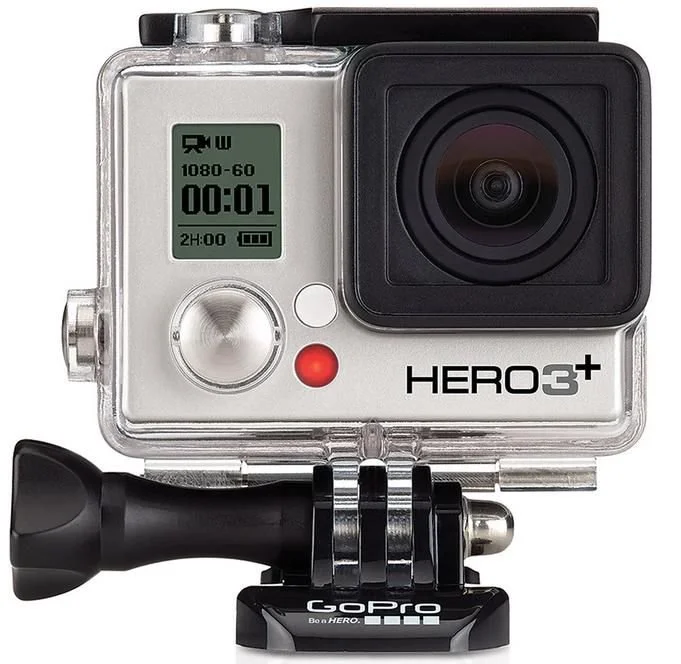
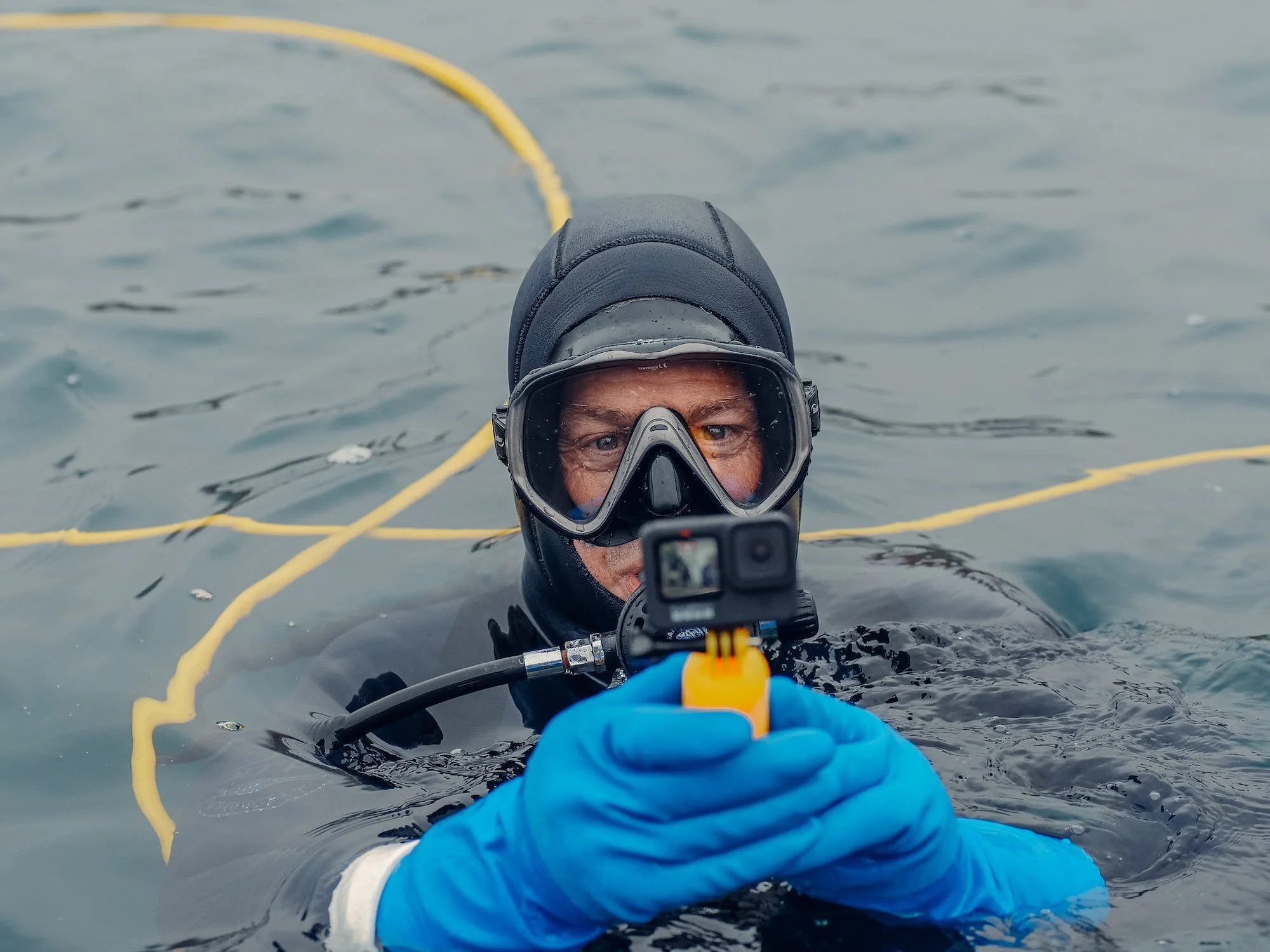
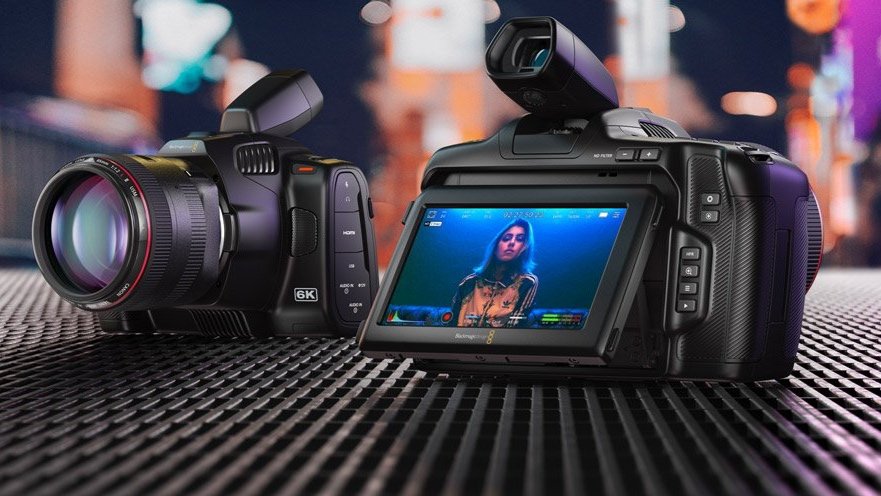
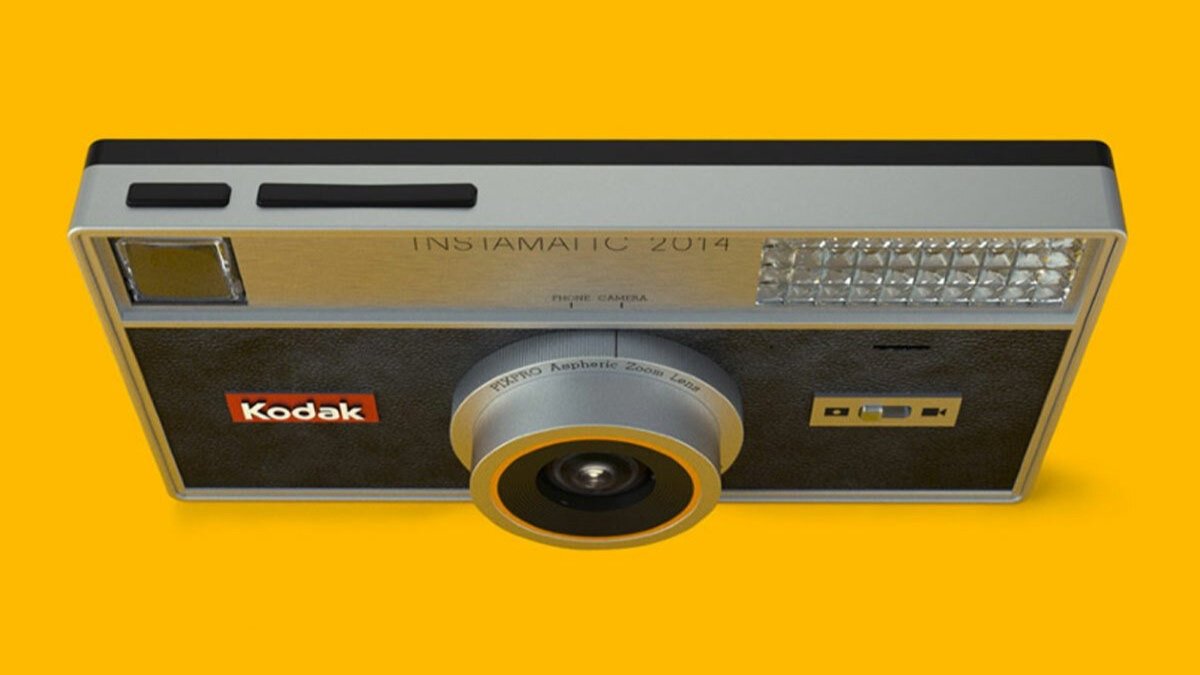
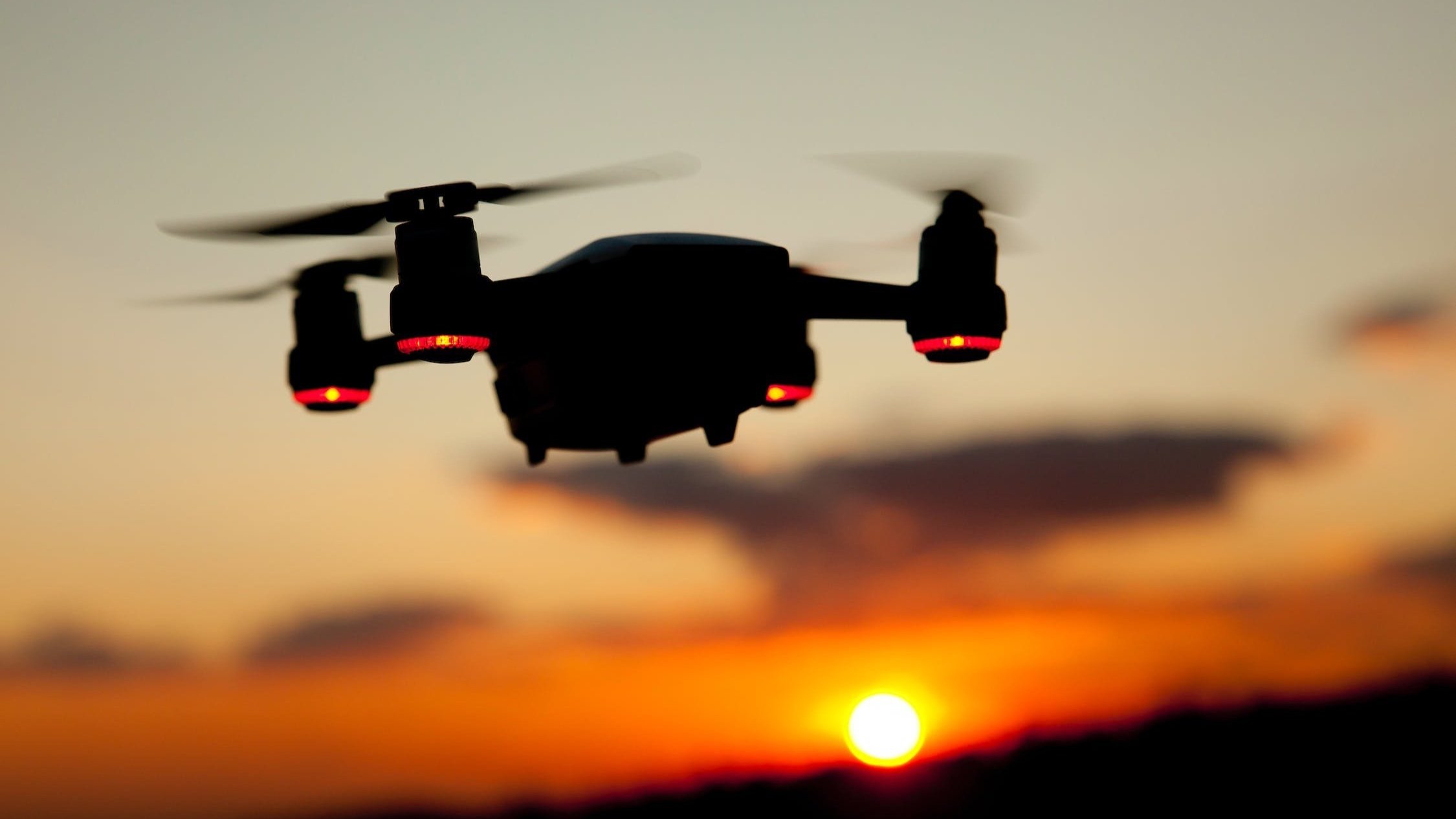

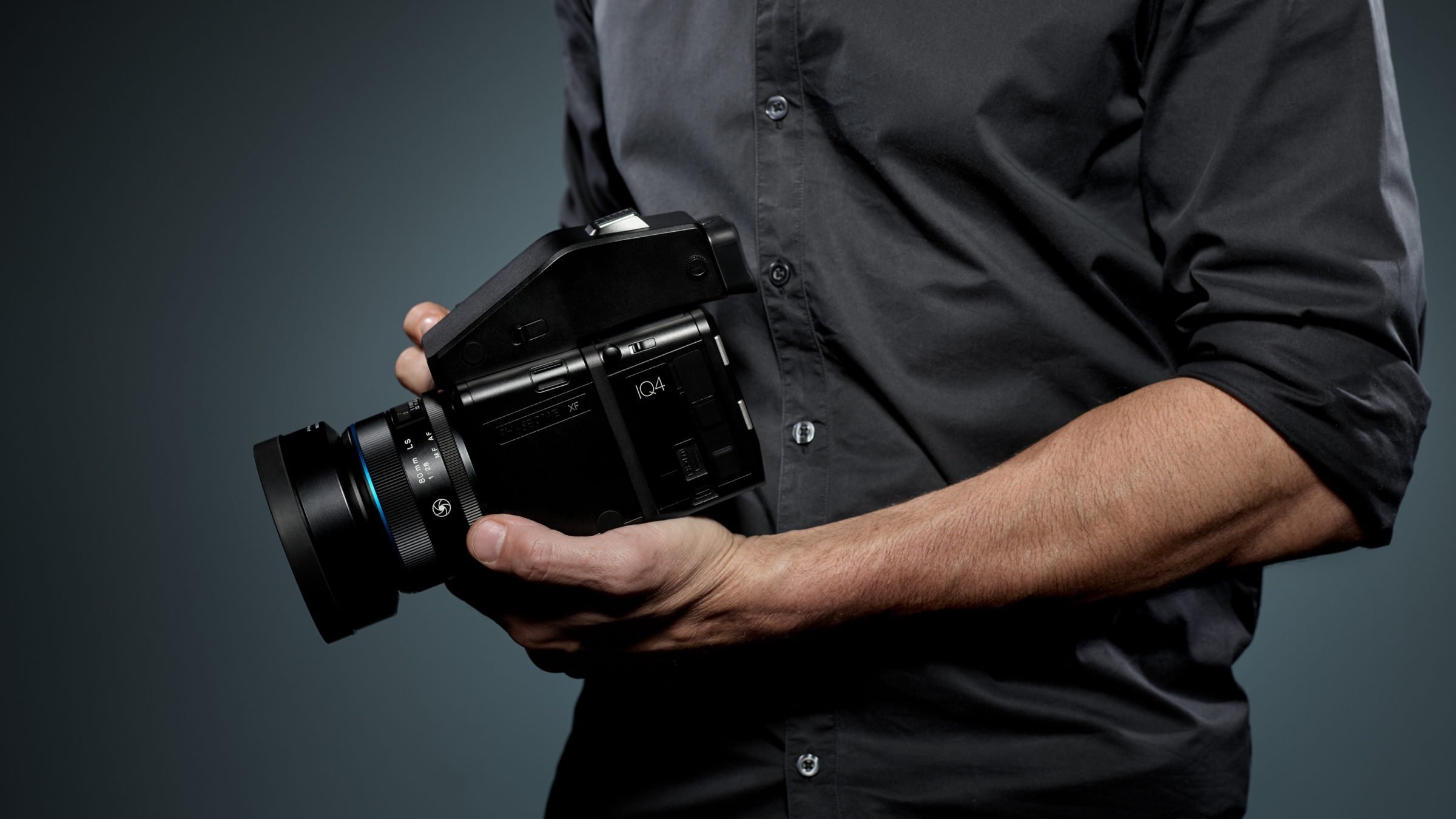
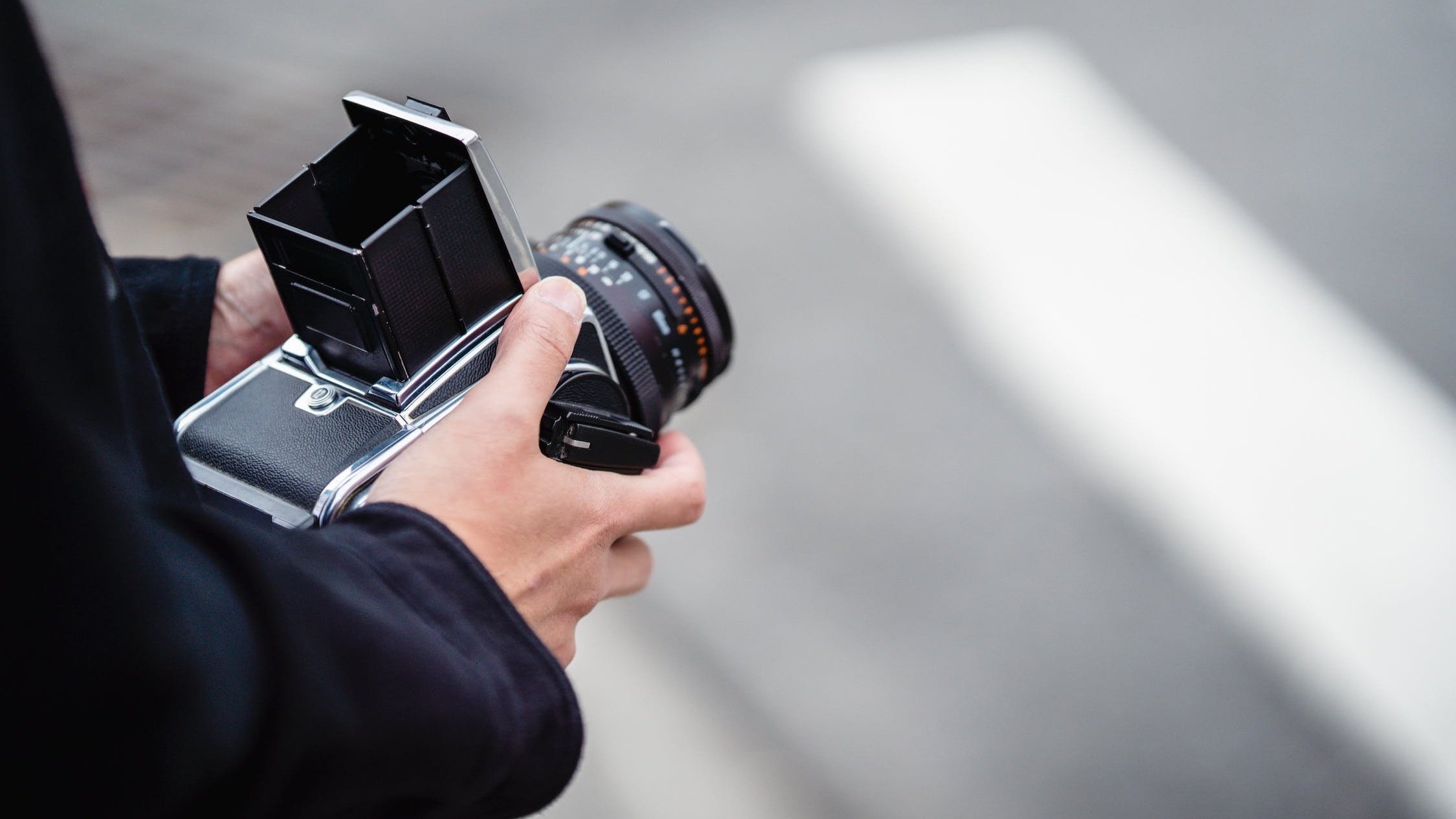
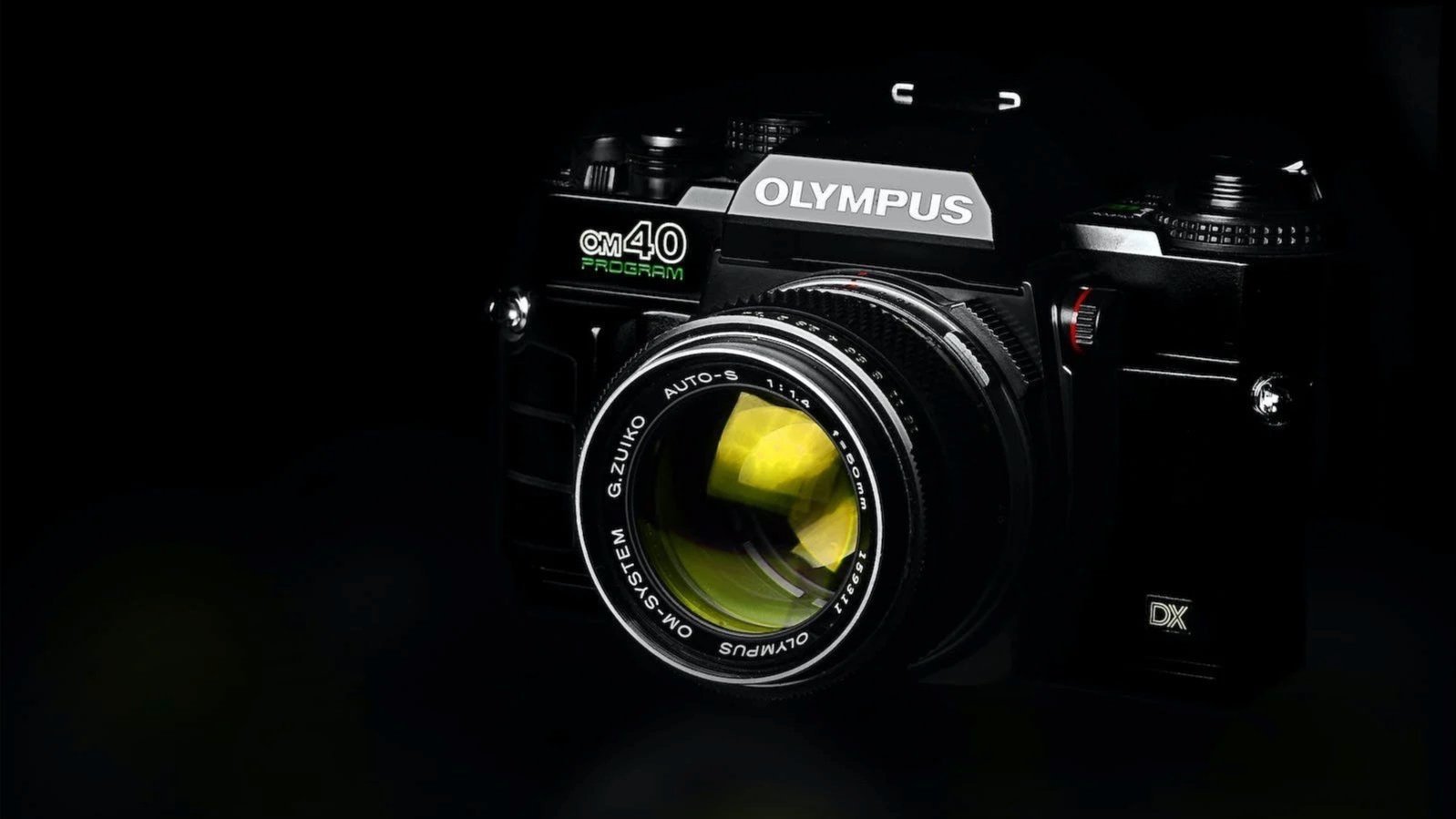
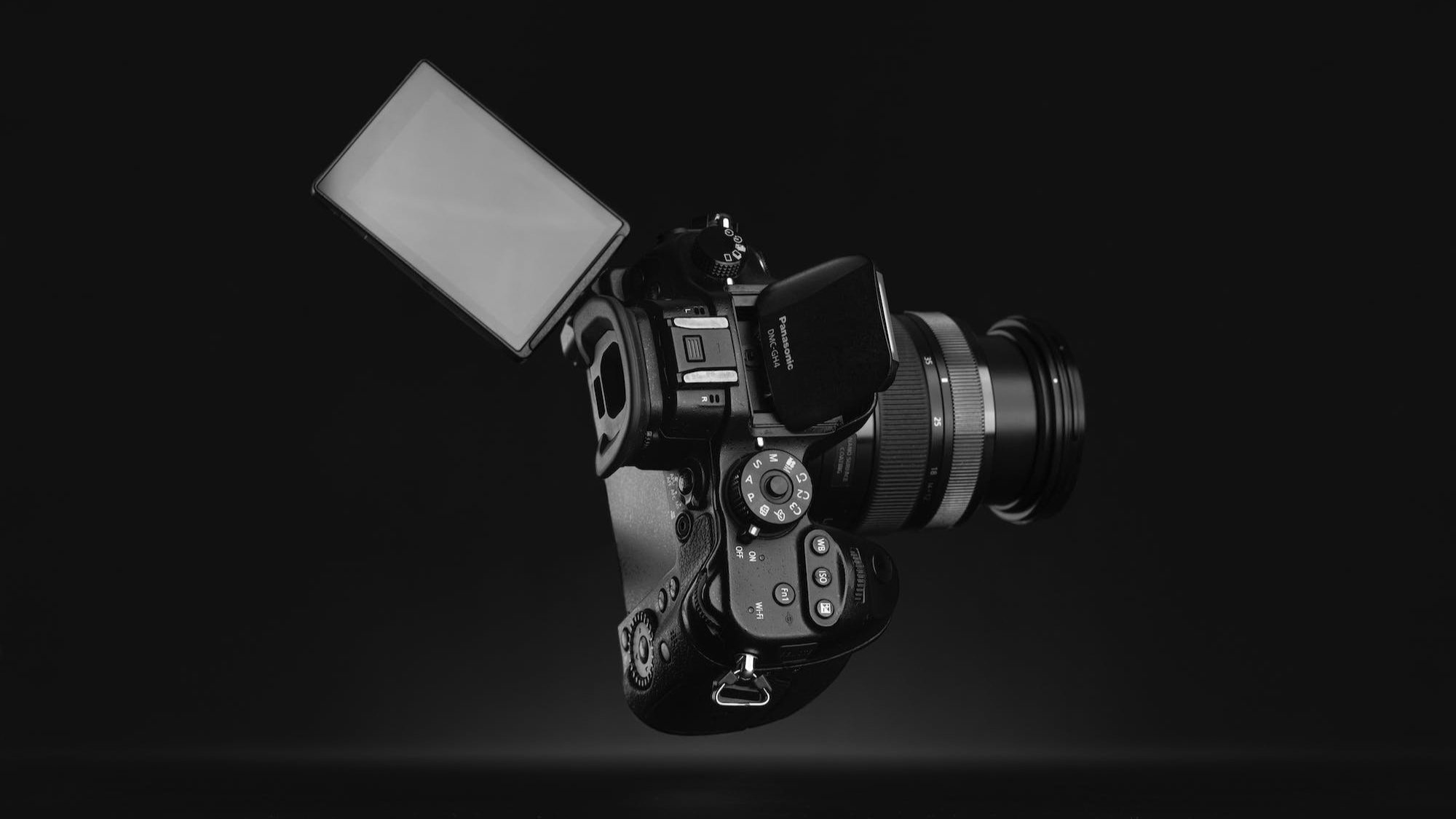

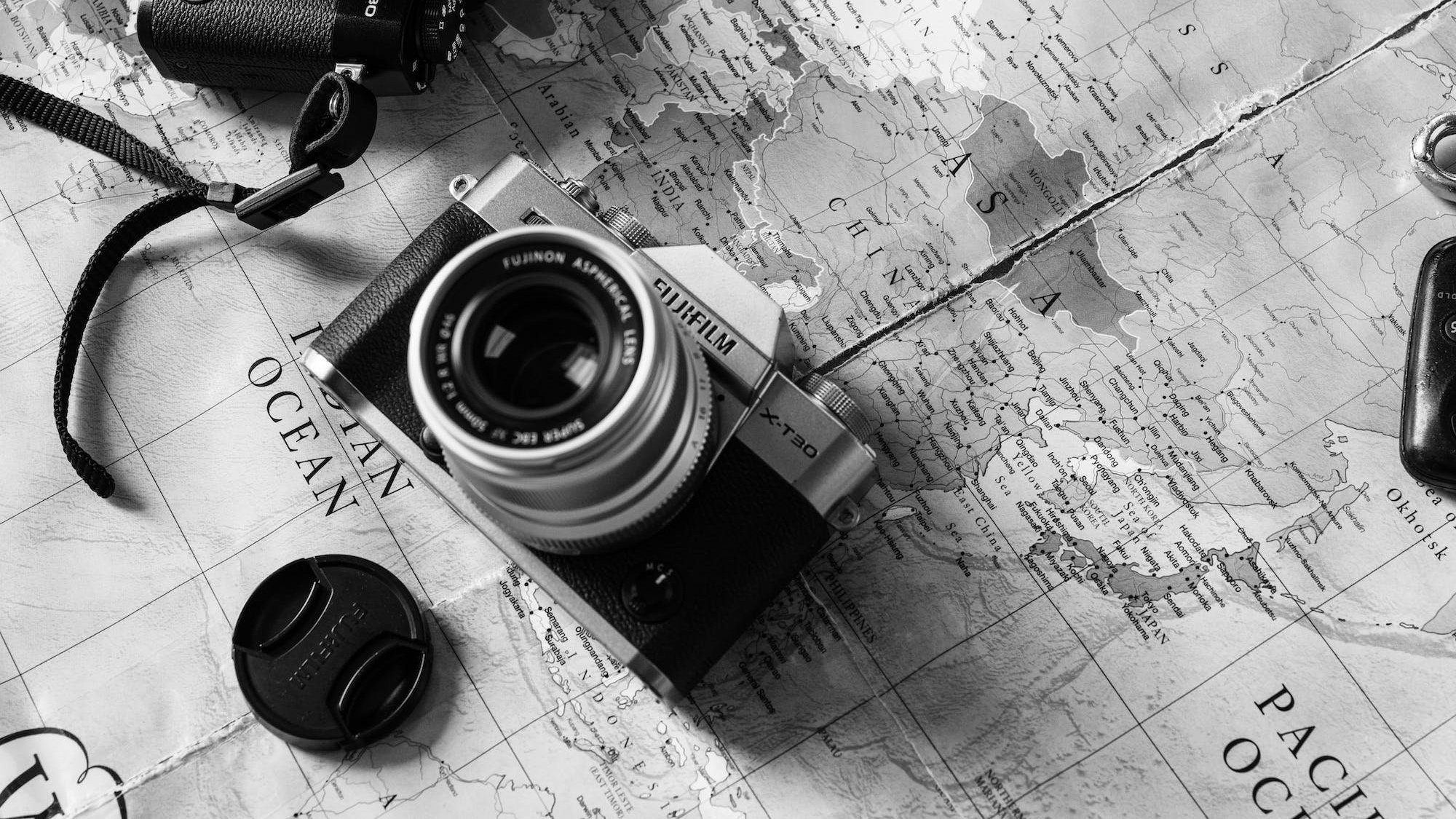
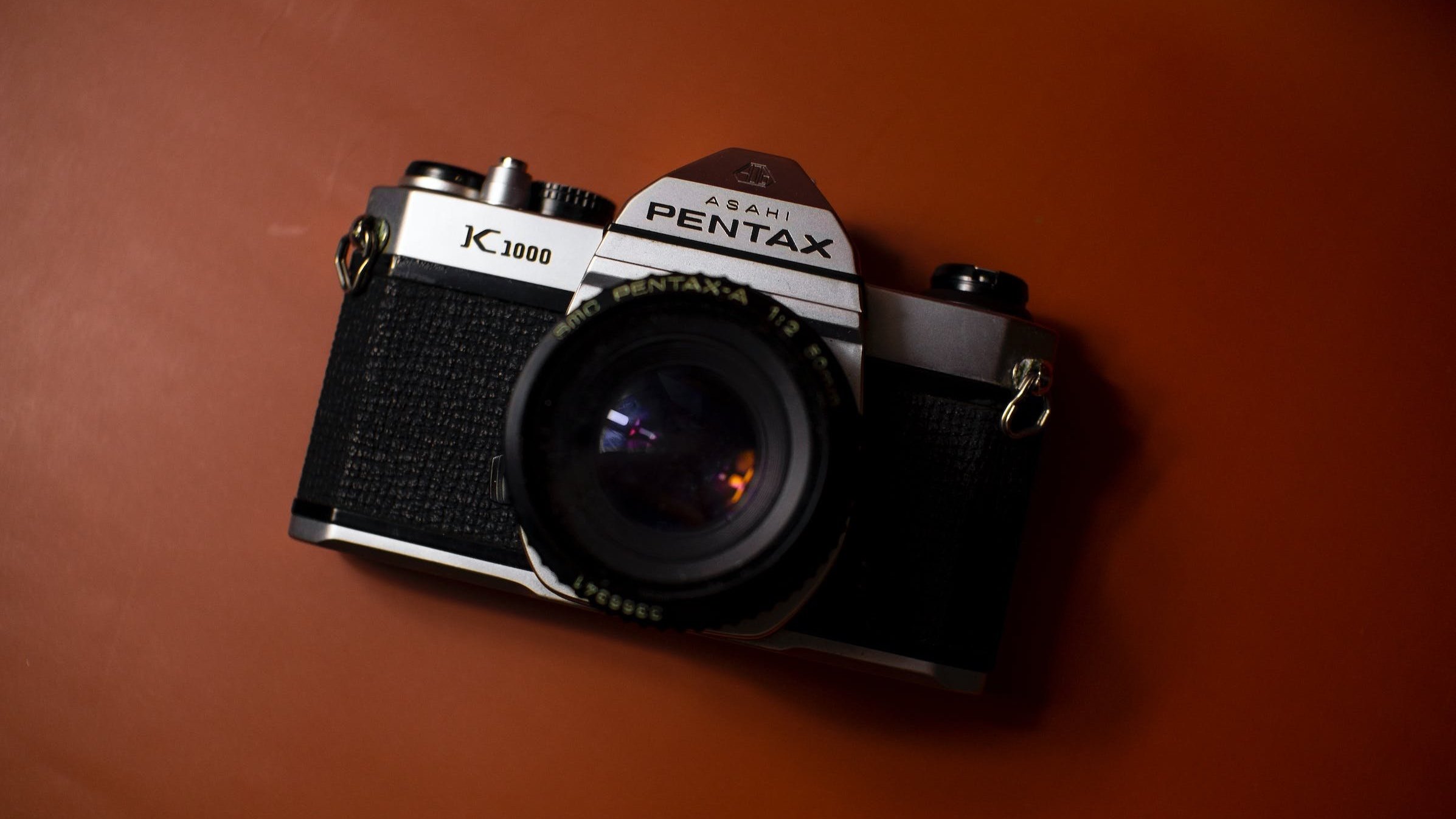
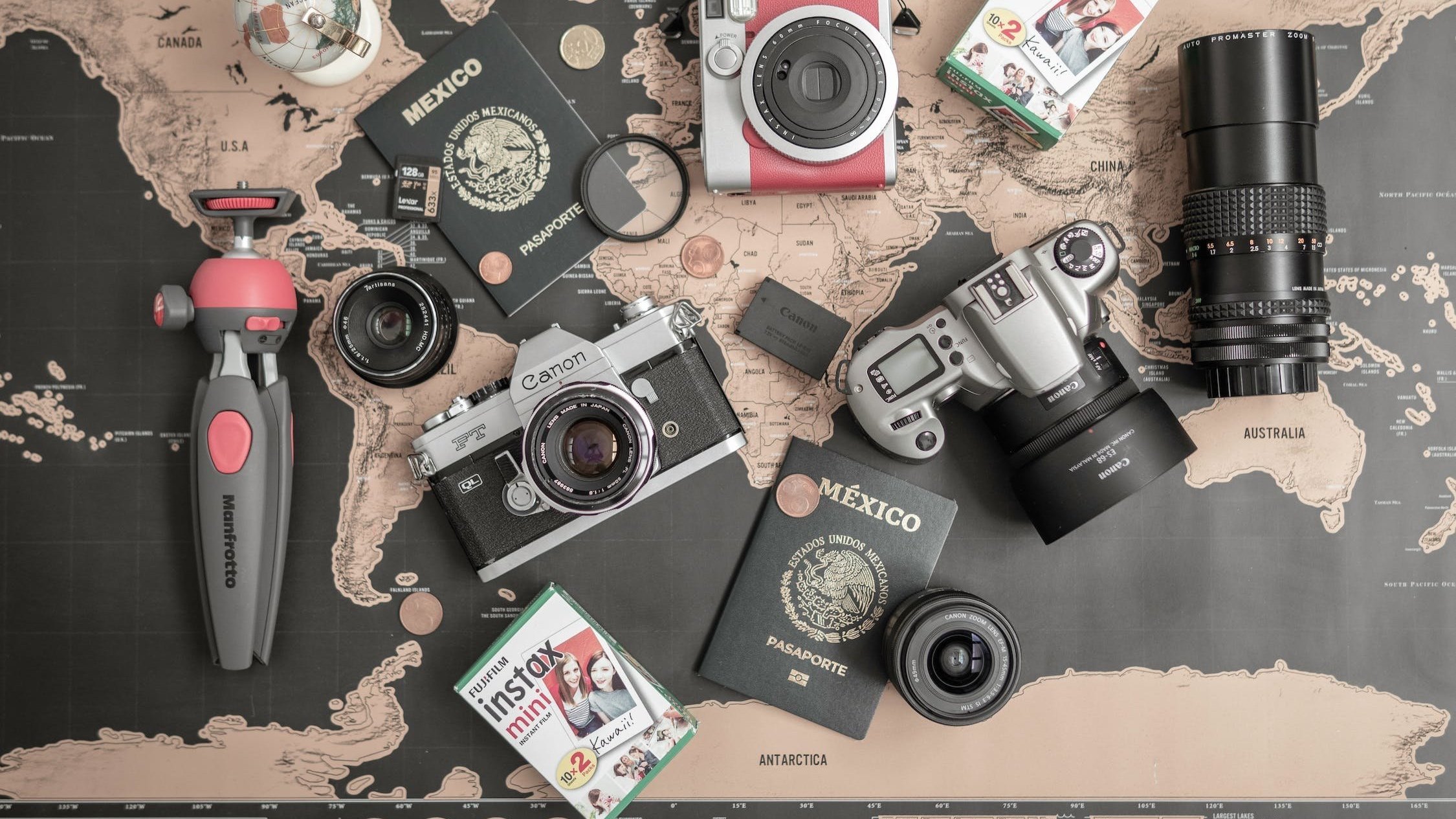
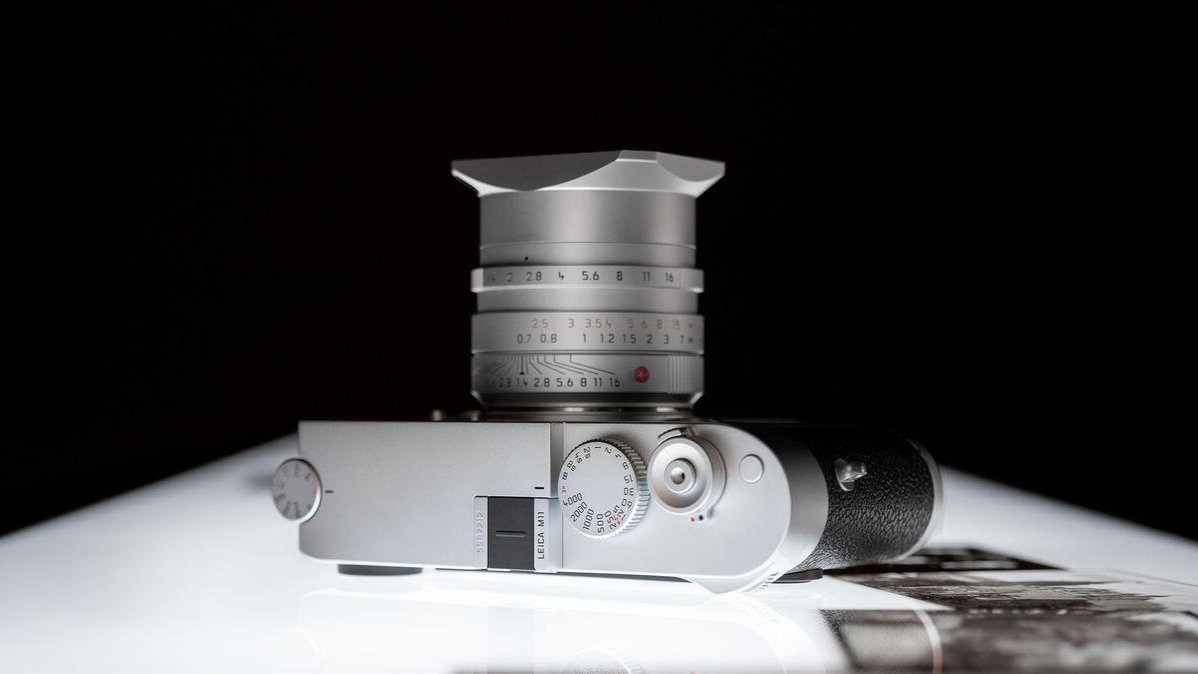
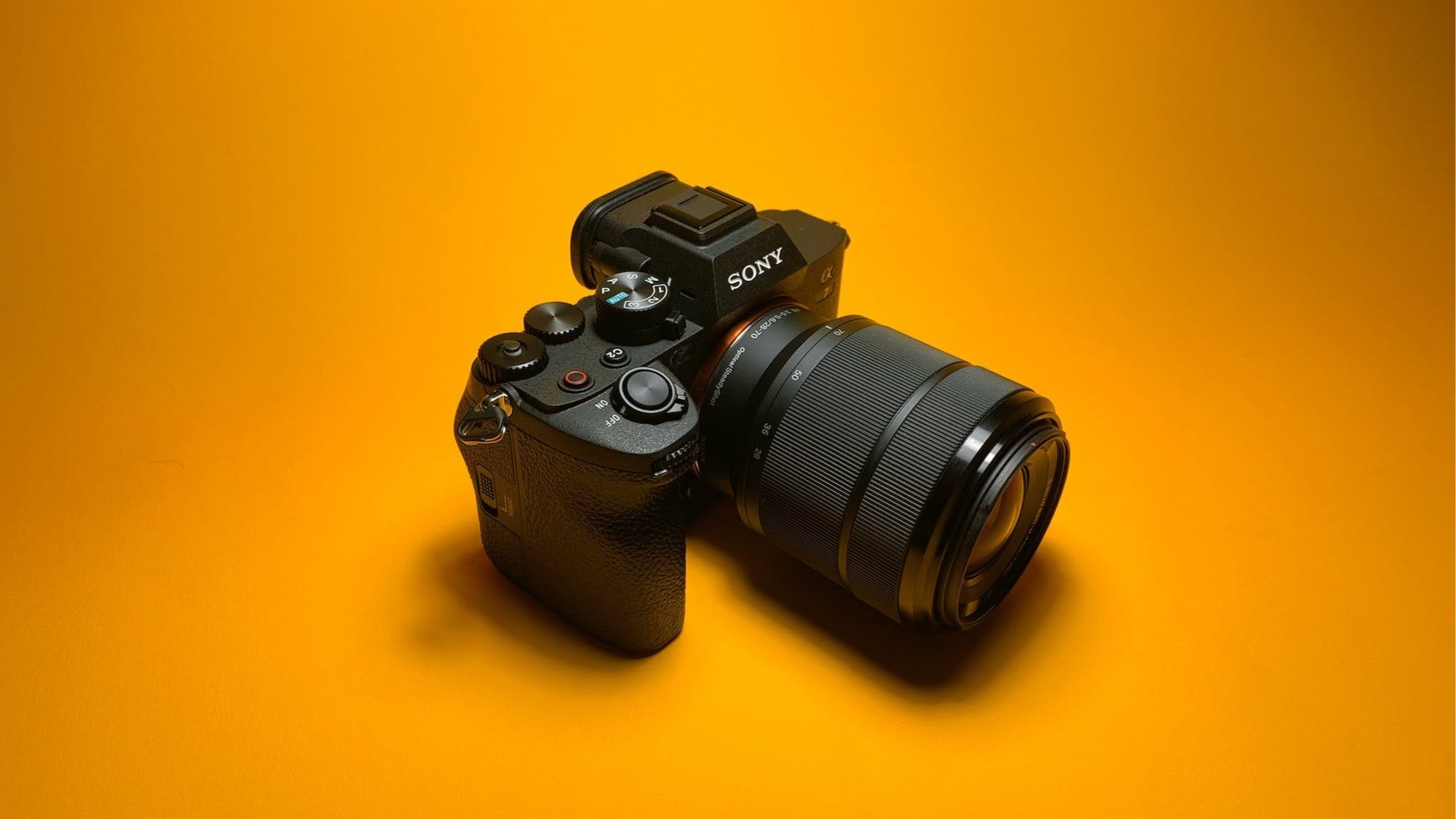
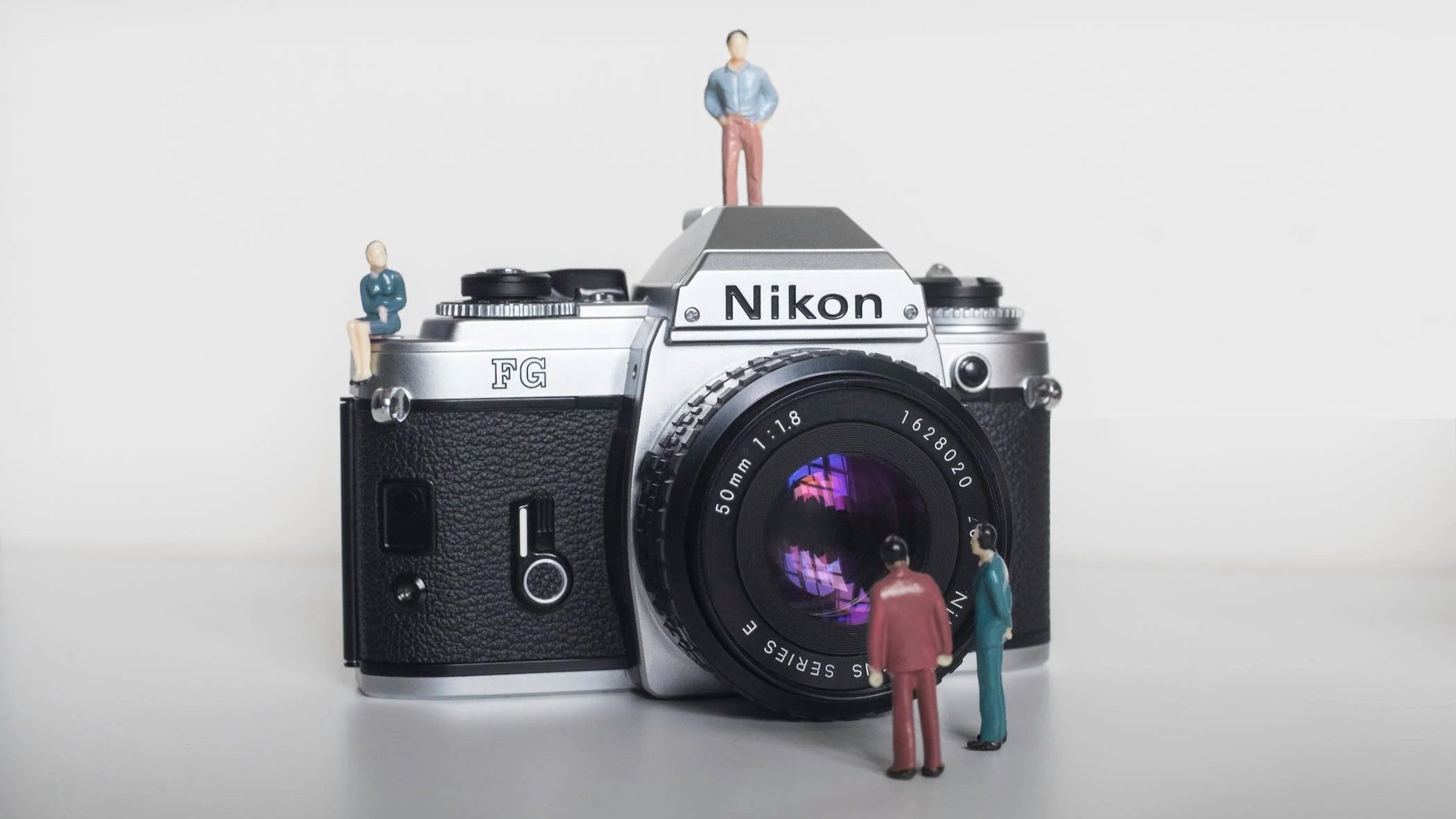
Lomography, a term and a movement that resonates deeply in the world of photography, represents more than just a style or a technique—it signifies a philosophy, a way of seeing and capturing the world. Rooted in a spirit of spontaneity, experimentation, and a celebration of imperfection, Lomography encourages …